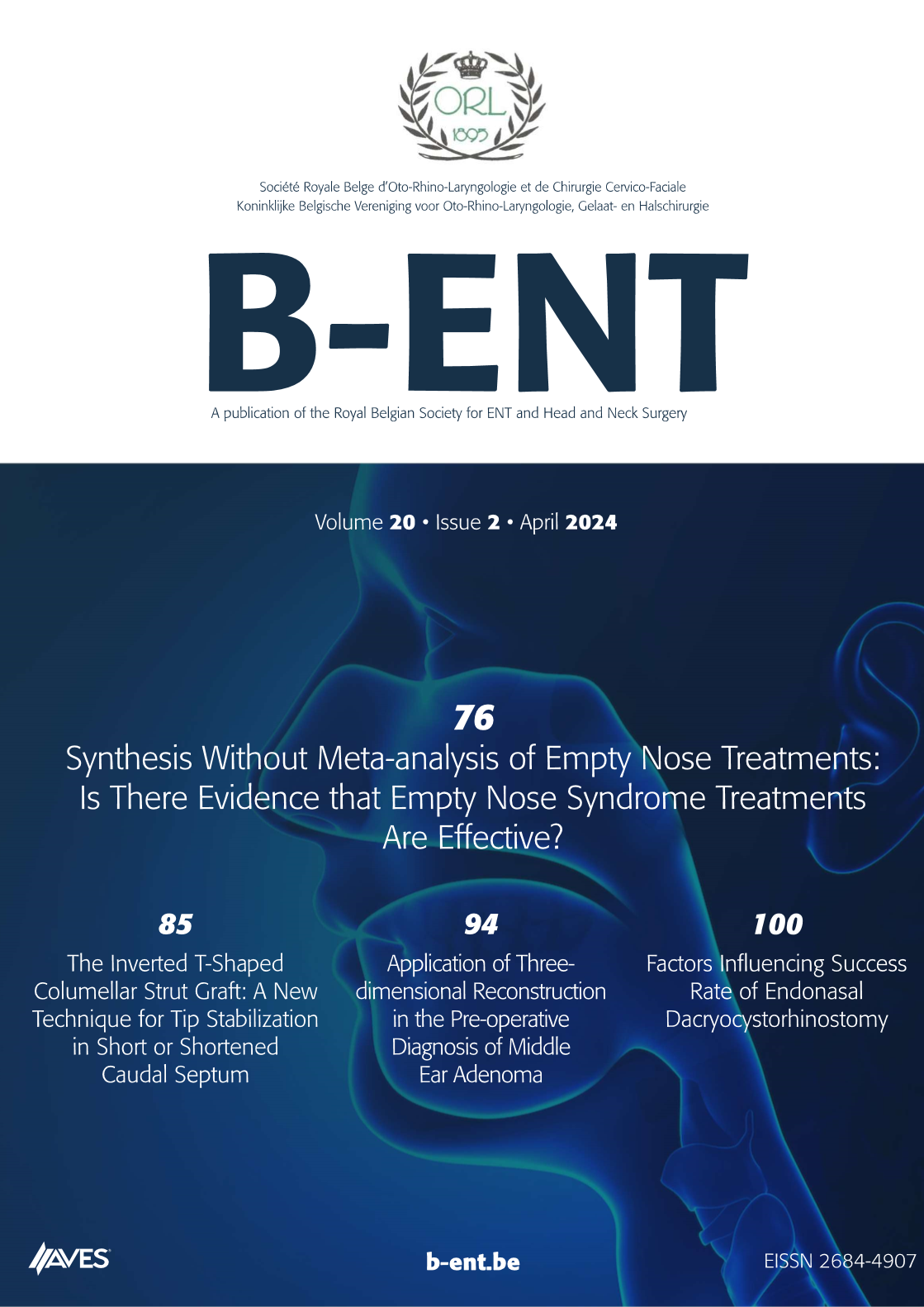A new approach to non-organic globus sensation. The sensation of a lump or mass in the throat, the ‘globus sensation’, is a very common experience at some time for a large proportion of the population. Globus is a condition associated with a multitude of symptoms. In some cases the globus sensation can be related to organic problems as reflux, or neurological or systemic diseases. However, in many situations, no specific aetiology or physiological mechanism can be identified. In these functional globus complaints, we find more or less hypertonic muscle behaviour, such as cricopharyngeal spasm. Globus is often associated with upper oesophageal sphincter (UOS) hypertension and abnormalities in UOS relaxation. In most cases, palpation of the laryngeal/perilaryngeal area shows many hypertonic muscles (e.g. inferior strap muscles, sternocleidomastoid muscles), lateral immobility of the larynx and diminished spaces between the structures. If the diagnosis confirms serious hypertonicity in the pharyngeal constrictors, treatment often consists of myotomy or botulinum injection. This paper describes a new approach for this hypertonicity of the laryngeal area: manual facilitation. In this approach, techniques from manual therapy will be used to achieve direct and quick relief of tension in muscles.



.png)
